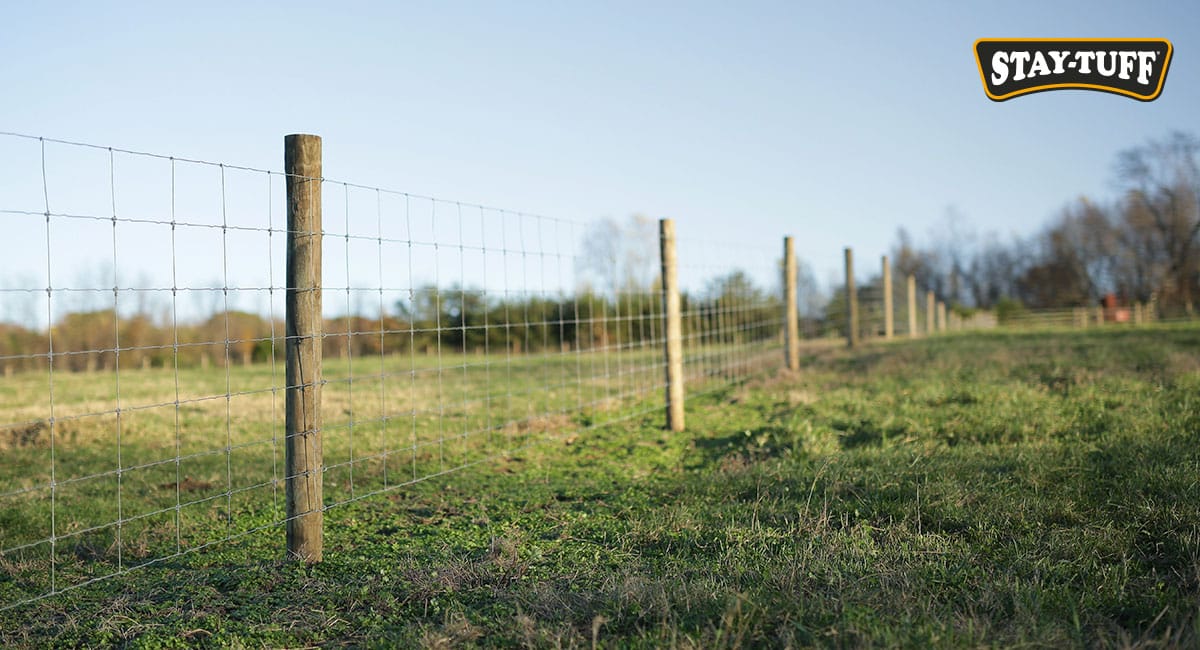
Better Posts = Better Fences
Learn how to reinforce a fence post for stronger, longer-lasting fences
A good, solid fencing project starts with a good, solid foundation: a thorough plan, quality products and, of course, posts that will correctly and effectively support your fence line.
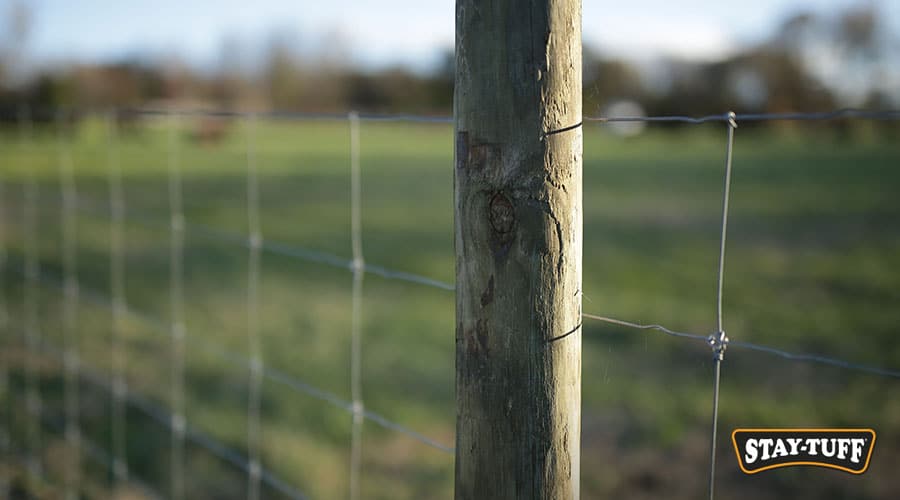
Choosing and placing a new post, a brace post, a gate post or a T post is essential for erecting a fence that will hold its weight and resist impacts.
So, how do you fix a fence post that is compromising your wire fencing project? Let’s look at some solutions
Before Starting
As stated previously, a good project starts with a good foundation. Digging post holes correctly is one of the many ways to set yourself up for success.
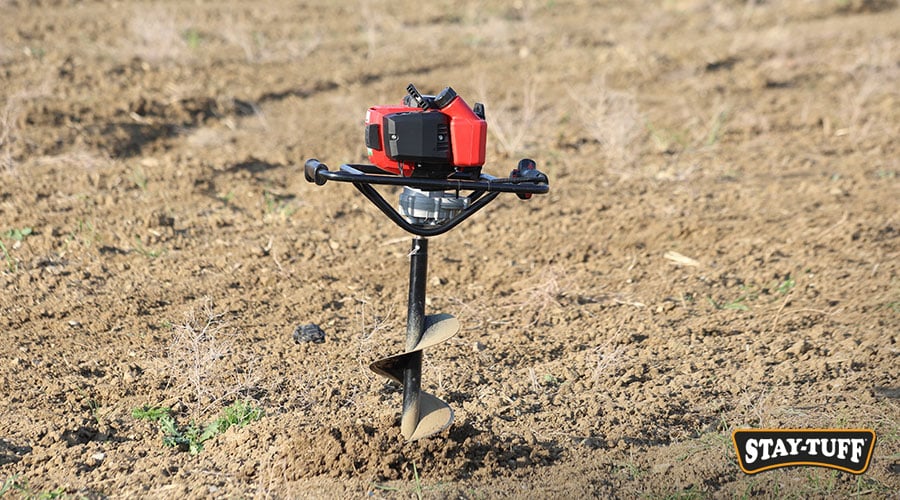
A post hole digger is a smart investment for fencing projects – they dig with consistency into the ground: This results in even holes, which guarantees the resistance of your fence.
As a general rule, about 1/3 of the total length of the post should be buried underneath ground level. This, of course, can vary depending on location.
STAY-TUFF fencing wire and fences are made of high-tensile wire, resulting in stronger fences. This feature allows you to dig between two posts at a greater distance: Up to 25′ in certain scenarios. Learn about our solutions here.
Metal or wood posts?
When it comes to posts, you can make a choice between wood posts or metal posts, depending on your budget, preference or soil and weather conditions.
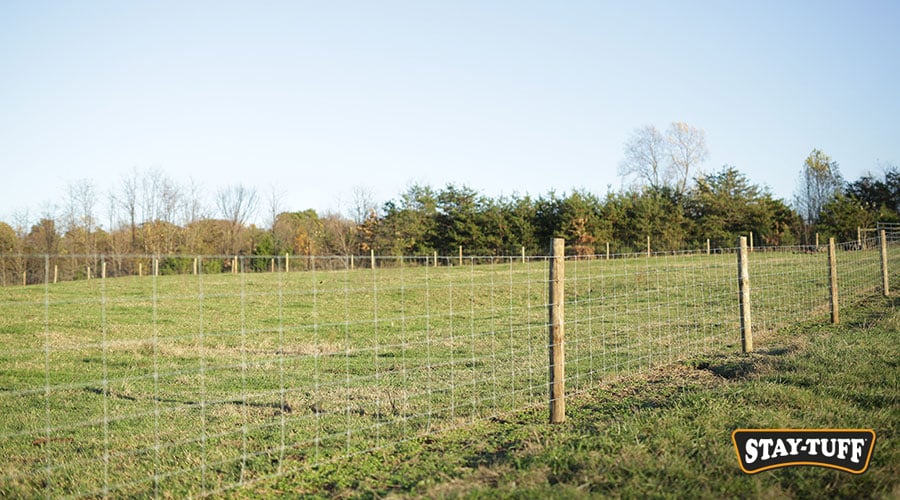
A rotting fence post will compromise the integrity of a section or the whole fence, which is why wood posts should always receive treatment to prevent it. A metal post is susceptible to rust or corrosion, especially if they are not galvanized.
Reinforcement recommendations
All projects will require maintenance and reinforcement at some point; and while there is no permanent fix to solve all problems, there are some things that can be done to exend the useful life of a fencing project.
Regardless of your preference or project, there are some recommendations you can follow to prevent leaning posts, rotting or other situations:
Consider the soil
Your soil conditions will determine the type of reinforcement your fence post will require:
- For sandy or looser soil, deeper holes and concrete is recommended.
- Clay soils may require drainage to prevent water accumulation (which can make posts rot eventually)
- Areas exposed to wind, snow or rain will also require deeper holes
Concrete
Setting your fence posts with concrete adds extra security and stability, particularly for fences on the taller side of the spectrum. Generally speaking, it is done by pouring concrete, setting a post (oftentimes with the help of a sledge hammer), and then allowing it to cure.
Gravel can be used at the base of your post, helping with drainage to prevent a rotted post. Typically, a 6-inch layer is sufficient, but this can vary depending on the project and circumstances.
Sealants
Sealants are particularly effective on wood posts, sealing out moisture and other elements that can compromise the integrity of the post.
You can also find solutions for metal posts, which seal them against rust and corrosion, thus extending their useful life.
Constant inspection
Periodic inspections to your posts and wires is an inexpensive way to protect and reinforce your project.
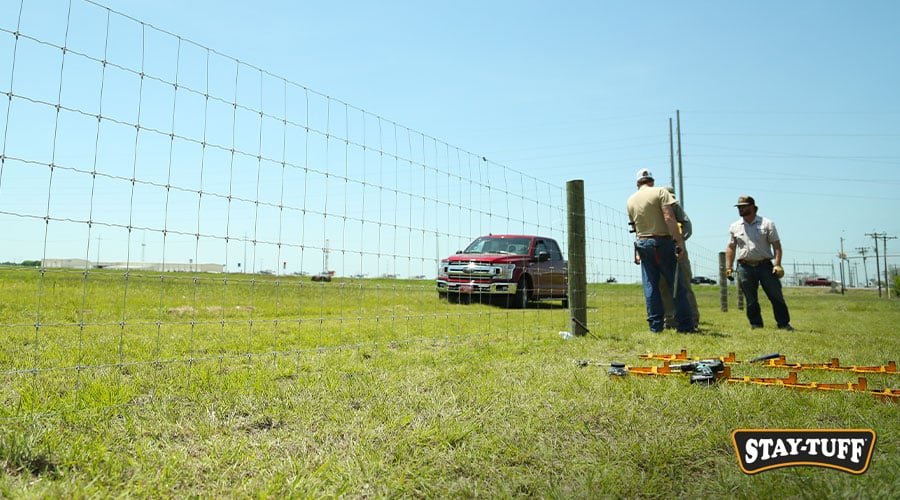
Through inspection, you can determine if any installed posts require maintenance, whether it be replacement or other. Make a plan to determine how often you will check your posts.
Working with STAY-TUFF
STAY-TUFF is the leading manufacturer of steel wire fences and panels in the market, offering high-tensile solutions for over 25 years.
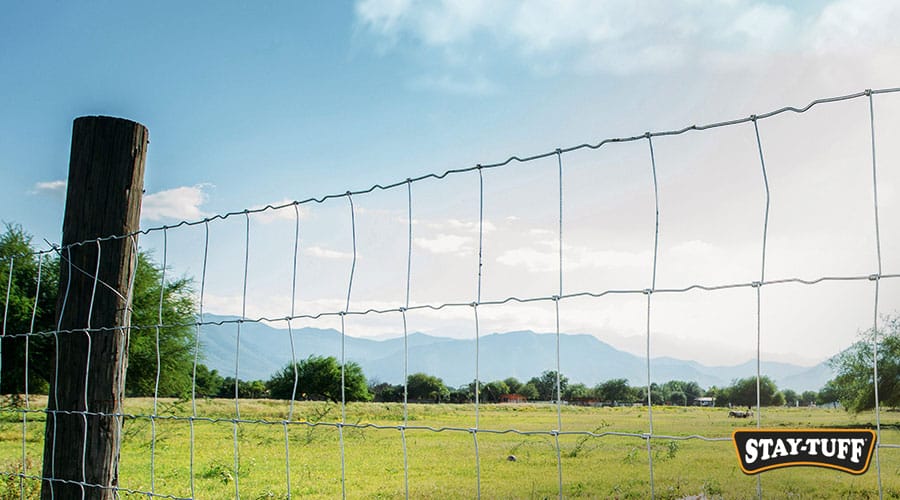
STAY-TUFF panels and fences allow for your posts to be placed further apart, thanks to the high carbon content used in the wires. This can save you money, time and resources, all while letting you enjoy a fence that will protect you and your perimeter.
Learn more about installation tips, including post placement and function, by reading our Installation Manual.